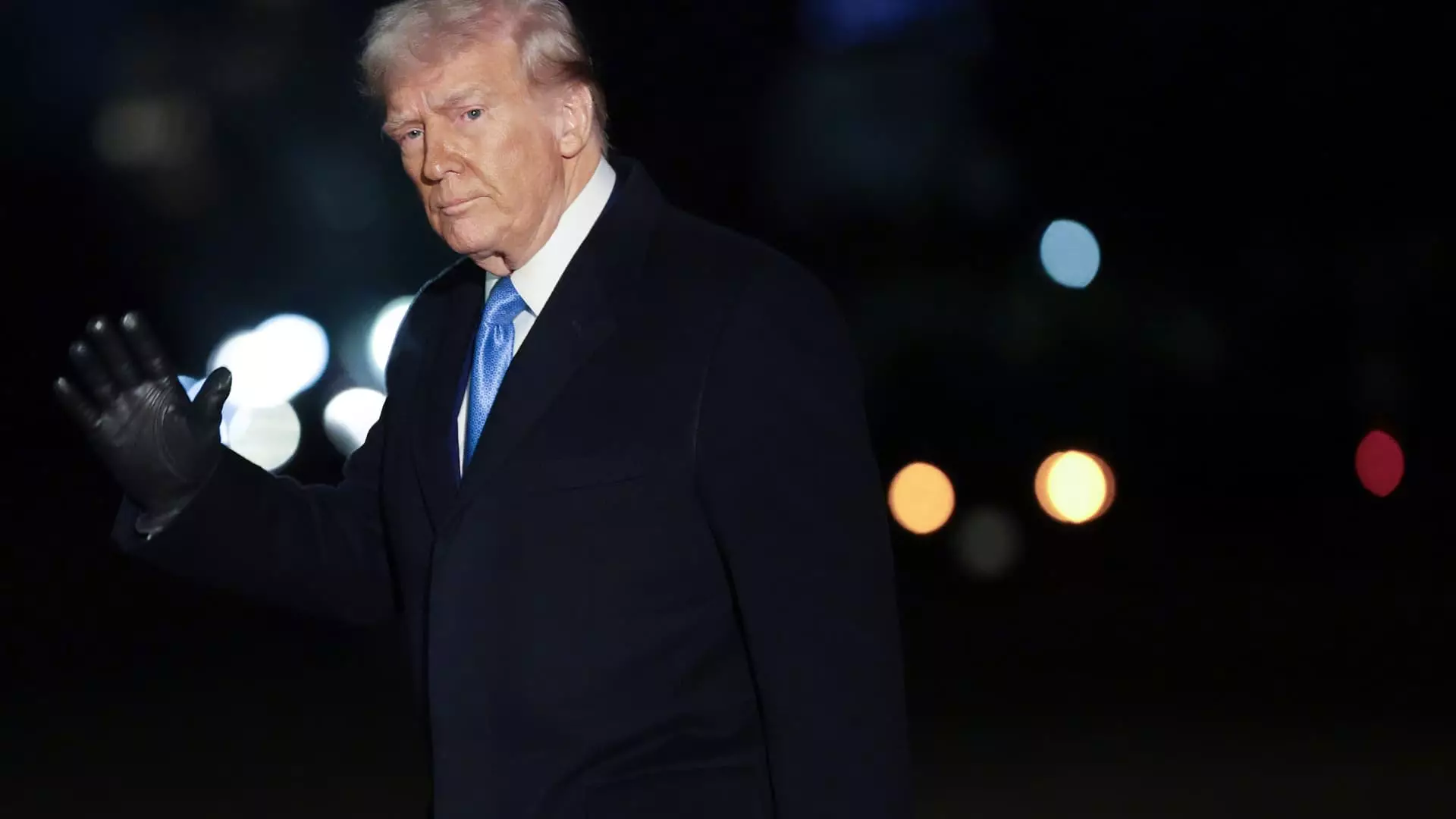The recent legal developments surrounding diversity, equity, and inclusion (DEI) initiatives have sparked significant debate across the political spectrum. A federal judge in Maryland, Adam Abelson, issued a temporary injunction against former President Donald Trump’s directives that sought to ban DEI programs within federal agencies and among contractors. This ruling reflects a broader clash over civil rights and the role of governmental power in shaping corporate practices, particularly in a landscape still resonant with calls for social justice from movements like Black Lives Matter.
First Amendment Concerns
Judge Abelson’s decision rests heavily on the interpretation of the First Amendment, which protects free speech. During his ruling, he emphasized that Trump’s orders could “likely violate” these constitutional rights. This assertion shines a light on the delicate balance between government policy and individual expression, particularly in environments often viewed as public forums for discourse and advocacy. The case brought forth by the city of Baltimore and several advocacy groups underscores a pressing concern: the chilling effect on speech that initiatives promoting diversity and inclusion may face, particularly under policies perceived as punitive.
The temporary block on Trump’s orders raises questions about previous actions taken by his administration, such as dismantling DEI offices and terminating personnel involved in diversity initiatives. The implications of this ruling could reverberate through various sectors, potentially restoring or preserving DEI programs that have been attacked as discriminatory by some factions. Notably, these programs were amplified by a national consciousness surrounding racial equality and justice, particularly following the protests in 2020 spurred by police violence against Black individuals.
Groups like Democracy Forward and the plaintiffs involved argue that DEI programs are essential for rectifying historical inequities experienced by marginalized communities in the U.S. This sentiment resonates with civil rights advocates who maintain that the societal structure has historically benefitted certain groups while systematically disadvantaging others. The plaintiffs assert that Trump’s directive represents an overreach of executive power aimed at silencing a form of expression that has become increasingly crucial in modern dialogue surrounding equality.
In contrast, the Trump administration has defended these measures, contending that they do not impede free speech but rather target practices of unlawful discrimination. This view posits that DEI initiatives themselves may perpetuate divisiveness rather than foster unity, a contentious point in the ongoing discourse about race and equality in America. Critics of DEI programs often cite concerns over reverse discrimination, advocating for a merit-based approach devoid of considerations for race, gender, or other identifiers.
The evolution of DEI initiatives correlates with broader societal shifts, particularly the rise of social movements advocating for the rights of women, racial minorities, and LGBTQ+ individuals. Following the heightened awareness brought by the events of 2020, these programs have become more prevalent in corporate and governmental spheres. The reaction to such initiatives, especially from conservative factions, reflects a significant cultural pushback against systemic changes that seek to address deep-seated inequalities.
As this judicial battle unfolds, it encapsulates a moment of critical reflection for lawmakers, businesses, and citizens alike regarding their roles in promoting or challenging equality. The ultimate outcome of this case will not only impact federally funded organizations and contractors but will also set precedents for how diversity initiatives are perceived and implemented across the nation.
The temporary injunction by Judge Abelson serves as a reminder of the complexities entwined in the fight for social justice, the interpretation of constitutional rights, and the power dynamics at play between government authority and individual freedoms. As debates persist and decisions are rendered, the future landscape of diversity, equity, and inclusion in America will remain a pivotal issue demanding thoughtful consideration and rigorous discourse.


Leave a Reply